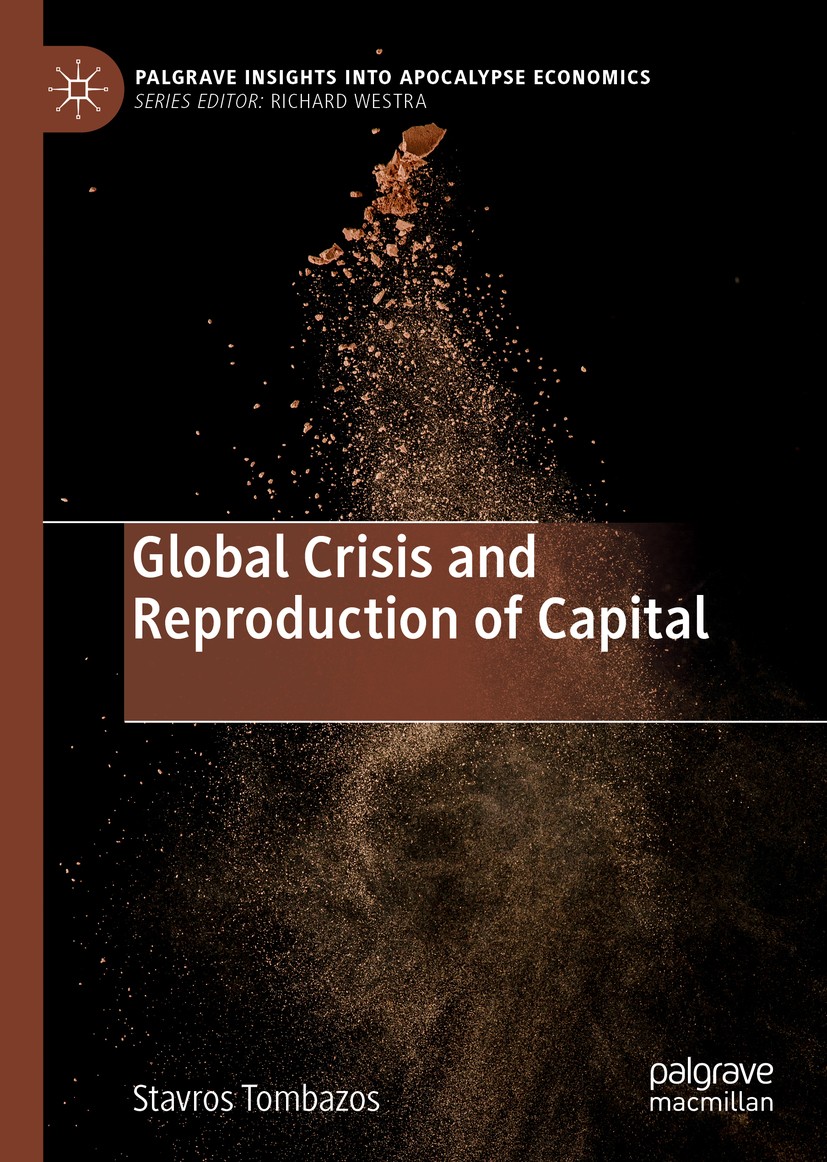| 书目名称 | Global Crisis and Reproduction of Capital |
| 编辑 | Stavros Tombazos |
| 视频video | http://file.papertrans.cn/387/386171/386171.mp4 |
| 概述 | Analyses the causes and consequences of the global financial crisis through Marxian economic categories.Addresses the area of crisis theory and policy analysis related to the global financial crisis.H |
| 丛书名称 | Palgrave Insights into Apocalypse Economics |
| 图书封面 |  |
| 描述 | .This Palgrave Pivot uses Marxian economic categories and analysis to explore the deeper causes of the 2008 global economic crisis, what the crisis represents for capitalism, and why fiscal and monetary policies pursued in its wake have failed to rejuvenate economies..With an innovative interpretation of the crisis and a focus on ‘toxic capital’ – a sub-division of Karl Marx’s concept of fictitious capital – Tombazos examines the specificities of economic reproduction under neoliberalism and financialisation.. |
| 出版日期 | Book 2019 |
| 关键词 | Global financial crisis; Reproduction of capital; Great recession; Marxist economics; Capitalist economy |
| 版次 | 1 |
| doi | https://doi.org/10.1007/978-3-030-05725-1 |
| isbn_ebook | 978-3-030-05725-1Series ISSN 2523-8108 Series E-ISSN 2523-8116 |
| issn_series | 2523-8108 |
| copyright | The Editor(s) and The Author(s), under exclusive licence to Springer Nature Switzerland AG 2019 |
 |Archiver|手机版|小黑屋|
派博传思国际
( 京公网安备110108008328)
GMT+8, 2025-11-23 16:57
|Archiver|手机版|小黑屋|
派博传思国际
( 京公网安备110108008328)
GMT+8, 2025-11-23 16:57


